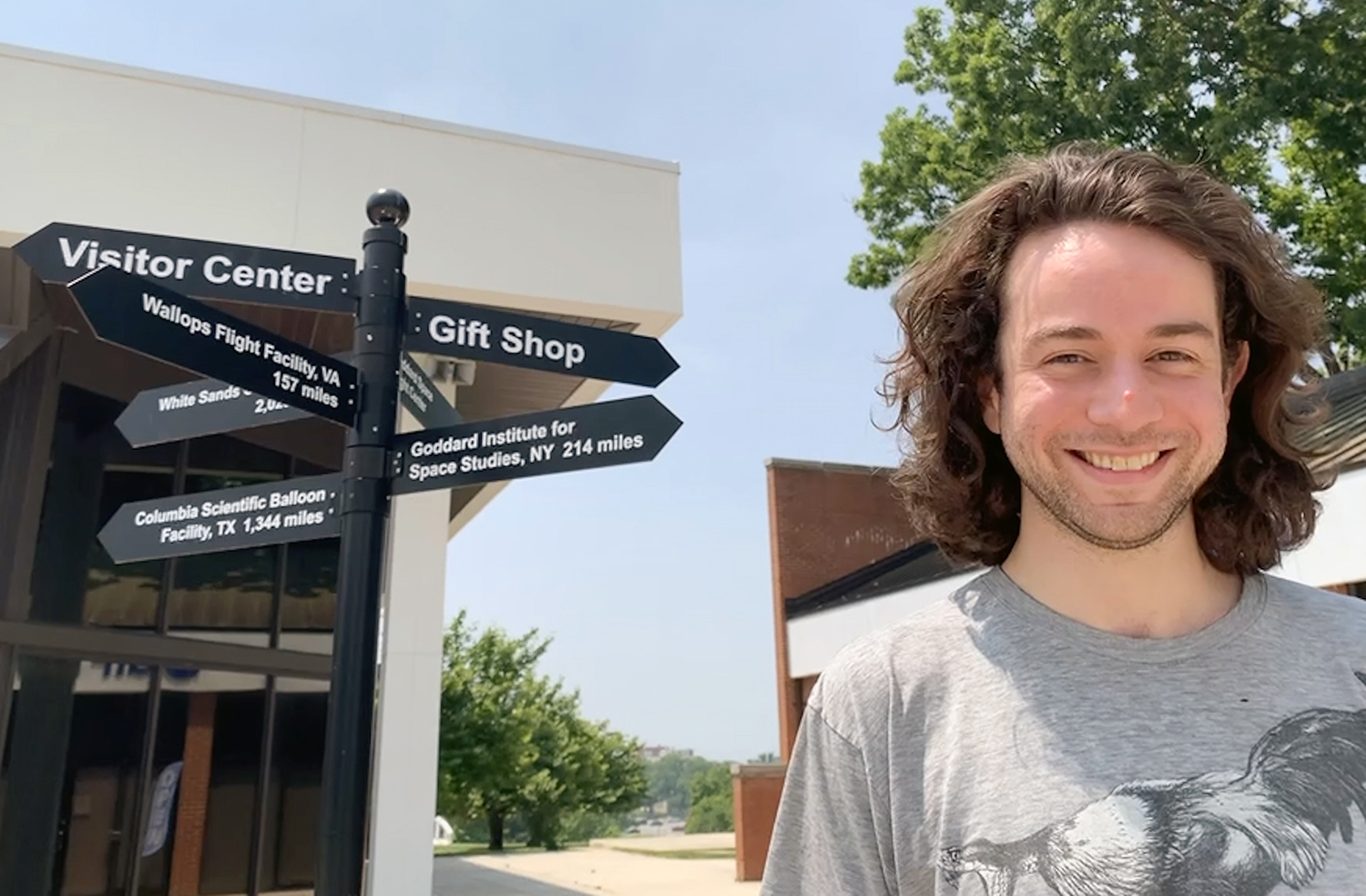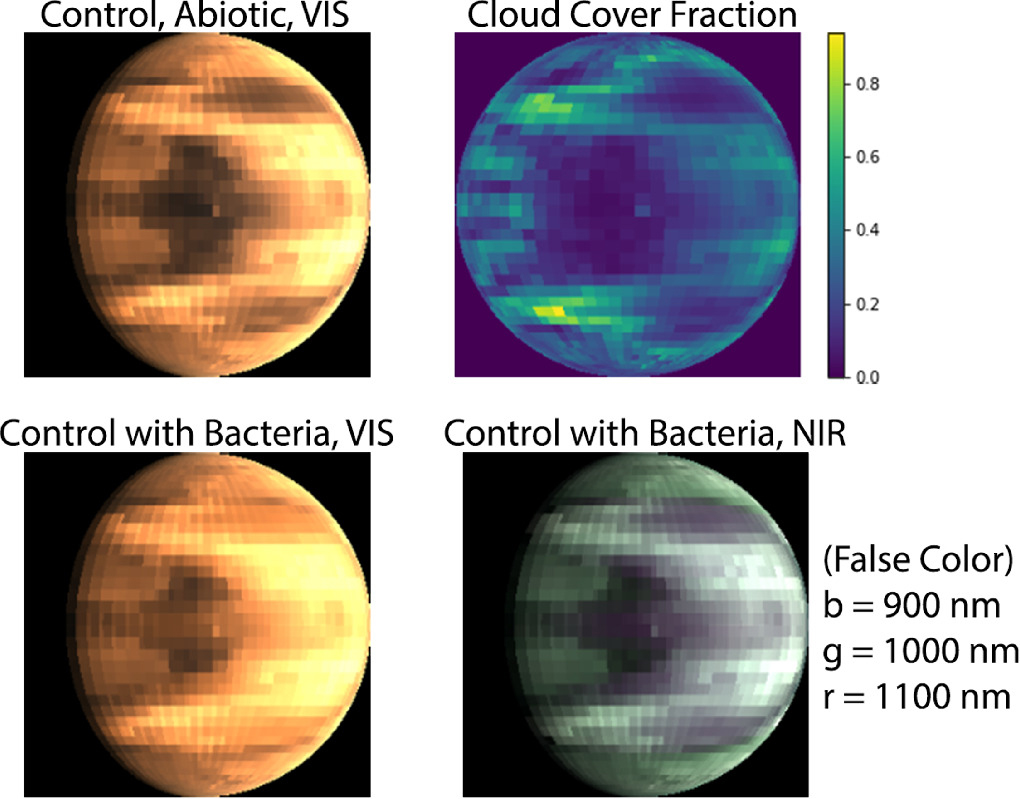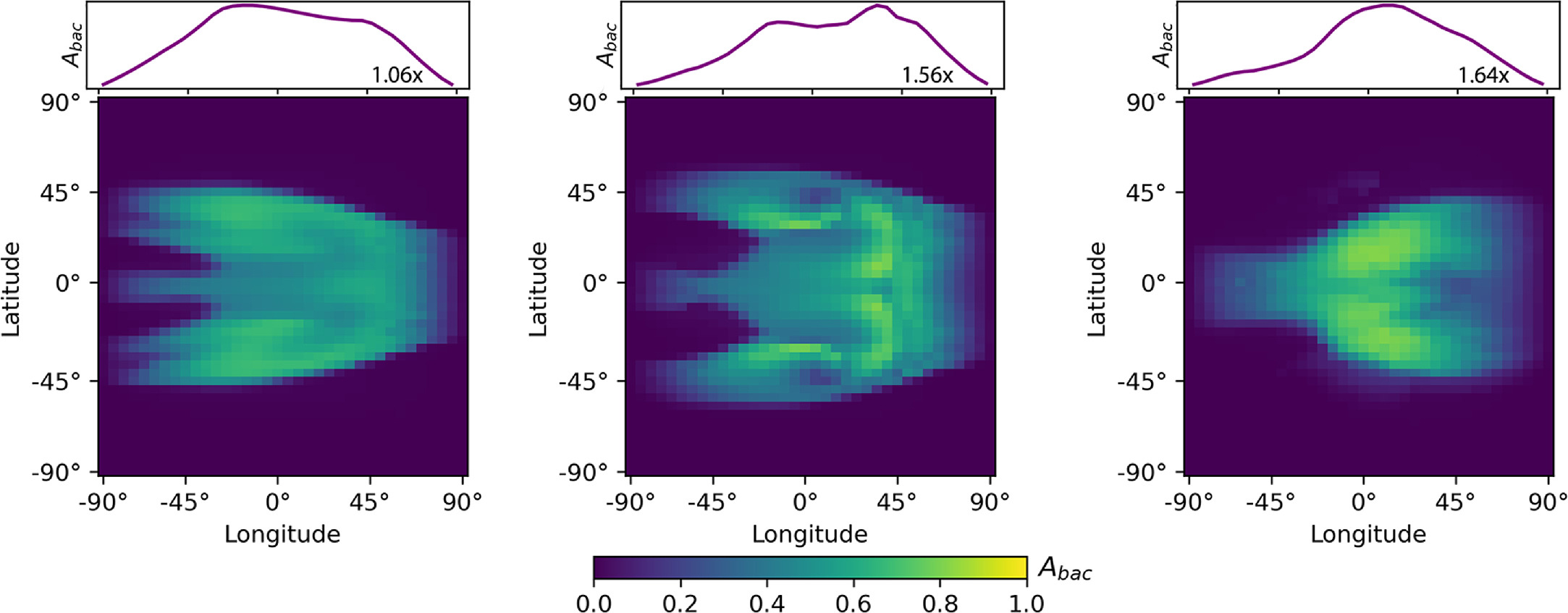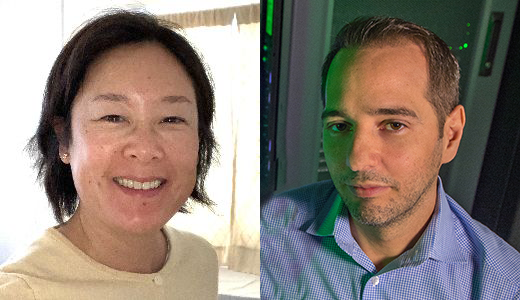NASA Enables Detectability Simulations of a Surface
Biosignature on a Proxima Centauri b-Like Planet
with Future Space Observatories
Using data from a NASA Goddard Institute for Space Studies’ ROCKE-3D general circulation model simulation, NASA Goddard Space Flight Center’s Planetary Spectrum Generator (PSG) generated this movie showing winds and surface temperature (tsurf; in degrees Kelvin[K]) on the exoplanet Proxima Centauri b.
The NASA Goddard Institute for Space Studies' ROCKE-3D general circulation model, NASA Goddard Space Flight Center's Planetary Spectrum Generator (PSG), and the NASA Scientific Computing Project's1 high-performance computing resources combined to enable a study exploring the feasibility of searching for signs of life from the surface of a Proxima Centauri b-like planet. Proxima b is the nearest known exoplanet to earth. Searching for life on planets is a primary goal of future space telescopes.
“Surface biosignatures are a pretty new area of investigation,” said lead author Connor Metz, a graduate student in the University of Michigan’s Department of Climate and Space Sciences and Engineering. “There have been a few papers that have looked at the impacts of surface life on planetary spectra, but only recently has anyone tried to quantify the feasibility of actually performing such observations with current — or near-future — technology.”
Joining Metz in the study were scientists from NASA Goddard Space Flight Center, the NASA Goddard Institute for Space Studies, and NASA Ames Research Center. The published study appears in The Planetary Science Journal.

Lead author Connor Metz, University of Michigan, stands near the Visitor Center at NASA Goddard Space Flight Center, where he carried out some of the Proxima Centauri b research as a student intern. See “Educational Experiences Plant the Seeds of Research” below.
For their detection experiment, Metz and collaborators decided to use a species based on the Earth bacteria B. viridis. “We thought of using B. viridis because its strongest absorption peak overlaps with the peak output of Proxima Centauri’s starlight emission,” Metz explained. “B. viridis is actually using this near-infrared light for anoxygenic photosynthesis, which makes it kind of weird amongst Earth organisms, but may make it well adapted for living on Proxima b. This type of organism could use the starlight that would be most abundantly available on the planetary surface.” The researchers estimated the possible densities of the bacteria based on light, temperature, and ice-free area. They simulated the surface spectra as dilutions of a high-contrast version of a lab-measured spectrum, so they refer to the simulated species as a B. viridis-like organism (BVLO).
The Goddard Institute for Space Studies (GISS) ROCKE-3D model is an adaptation of the GISS ModelE Earth general circulation model (GCM). The GISS model is unique among GCMs in having the capability of studying not only the Earth but also the Moon and other planets.
The Proxima b study team leveraged high-performance computing resources through the NASA Scientific Computing Project’s NASA Center for Climate Simulation (NCCS). GISS research scientist Michael Way used the NCCS Discover supercomputer to re-run five ROCKE-3D simulations, each using 44 computing cores, of Proxima b’s climate from an earlier NCCS-hosted study to determine where the BVLO would live on the surface. The Proxima b scenario was as an ocean planet tidally locked with the star and with an atmosphere like Earth as it was ~3.8 to 2.5 billion years ago, when primitive photosynthetic bacteria were prevalent life forms. “Studying Earth-as-an-exoplanet is a testbed for the search for life elsewhere, and this study looks at a scenario similar to the early Earth,” said Metz.
Next, PSG simulations captured how Proxima b would appear when observed by a space telescope. The researchers wanted to assess how the observations would change based upon the planetary system’s distance from Earth and the planet’s distance from its host star.
To accomplish those goals, they ran the initial observation simulations with Proxima b at a distance of 1.3 parsecs from Earth and at an orbital distance of 0.05 Astronomical Units (AU) away from its star (where 1 AU is the distance of Earth from the Sun) — the true configuration of Proxima b. The team ran additional observation simulations for Proxima b as if it were orbiting a Sun-like star at 1 AU, which is an easier orbital distance for detection by a telescope with direct imaging. PSG ran on the NCCS Explore/ADAPT Science Cloud (~6,000 core hours) and a personal computer (~2,000 core hours).
“NCCS resources were indispensable for running ROCKE-3D, as they made it quick and easy. They were also very useful for the early experimentation phases with PSG and hosting all the input data and making it easily accessible,” Metz said. “One of the biggest benefits was saving our personal computer hardware, which would’ve been incapable of handling the computational load appropriately.”
Together, the ROCKE-3D and PSG simulations are among the first to show that it should be possible to detect alien photosynthetic activity on nearby exoplanets (within 15 parsecs) around Sun-like stars with a telescope such as NASA’s Habitable Worlds Observatory (HWO). “The unique contribution of our paper is studying how much BVLO would be needed to detect it, accounting both for ecosystem-level responses to the climate and for how climate would affect detectability,” Metz said. “We find that a surprisingly small spatial cover of BVLO is necessary for detection, amounts that are within reason and comparable to the abundance of life on Earth’s surface. Just a few percent surface area coverage of lifeforms on nearby exoplanets may be all it takes to be detectable.”

RGB images from the ROCKE-3D-Planetary Spectrum Generator Proxima Centauri b “Control” simulation. Top left: True-color image without photosynthetic bacteria. The darkest regions are oceans, and the lighter regions are ice on the surface or clouds. Top right: The cloud cover fraction, with high numbers indicating grid cells mostly covered with clouds. Bottom right: False-color image with bacteria, which appear purple. Bottom left: Same as top left but with bacteria, which fill in the dark open-water regions. Figure from Metz et al., 2024.
As a proof of concept, these simulations can help NASA scientists and engineers design the HWO and other telescopes in the search for habitable worlds. “Right now, it seems like those in charge of steering HWO’s development are still centering their instrument design around searching for atmospheric biosignatures, but this study and ones like it show that detection of surface biosignatures may come as a welcome byproduct of the design,” Metz said.
Metz and co-authors are all involved with NASA science groups providing guidance for HWO’s development. Co-author and microbial ecologist Niki Parenteau of NASA Ames leads the Living Worlds working group, where Metz serves on a surface biosignatures subtask focused on similar detectability investigations using other methods. Future studies could include assessing detectability of other species, running general circulation models, and calculating organismal ecosystem response on other potentially habitable planets. Metz envisions leveraging NCCS computing resources for such studies.
“HWO is still in the early stages. Right now, the working groups are doing the science and modeling work to define the mission’s science goals and figure out what is feasible for the mission if it is designed in a certain way,” Metz said. “After we, as a community, define the science goals, we will work with the engineers to start instrument development.”

B. viridis-like organism (BVLO) surface area coverage fraction maps on the dayside of ROCKE-3D-simulated Proxima b states (as a function of latitude and longitude). Plotted above the maps is the surface area coverage fraction in each longitude band. The numbers at the bottom right of these top panel plots are multipliers indicating the total hemispherical east-to-west BVLO abundance ratio. Figure from Metz et al., 2024.
For the published study, Parenteau provided the lab-measured reflectance spectrum of a culture of B. viridis, and NASA Goddard research scientist Vincent Kofman assisted with the PSG simulations and creating the visualizations.
Related Links
- Metz, C.O., N.Y. Kiang, G.L. Villanueva, M.N. Parenteau, and V. Kofman, 2024: Detectability Simulations of a NIR Surface Biosignature on Proxima Centauri b with Future Space Observatories. The Planetary Science Journal, 5, 228, doi:10.3847/PSJ/ad769d.
- “NASA Simulations Explore Habitability of Nearest Exoplanet,” NCCS Highlight Story, February 21, 2020.
Jarrett Cohen, NASA Goddard Space Flight Center
May 29, 2025



